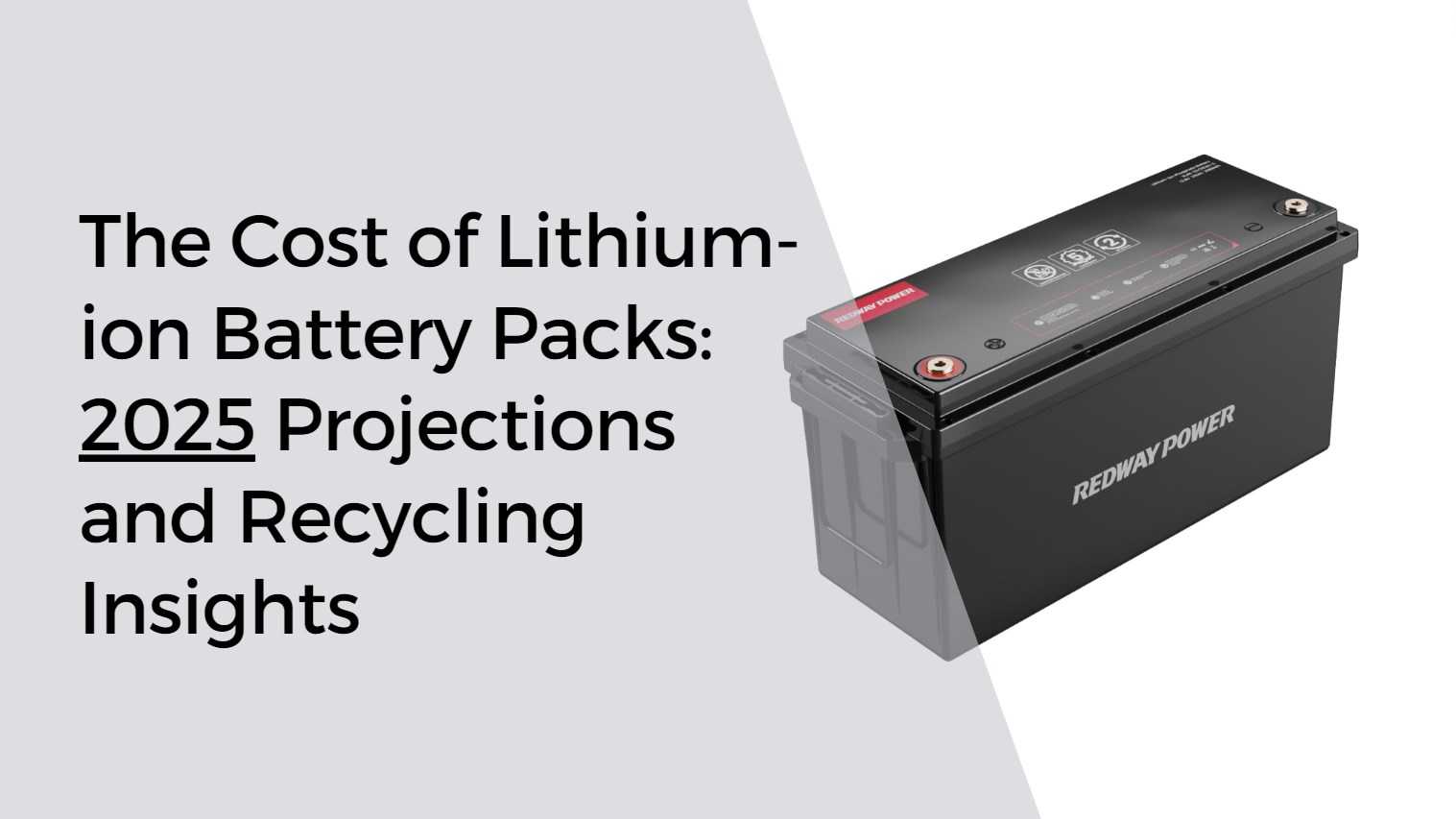The cost of lithium-ion battery packs is expected to decrease by 2025 due to technological advancements and increased demand. Recycling lithium-ion batteries is crucial for environmental preservation and resource conservation. Proper disposal methods include discharging the battery, careful disassembly, and recycling valuable metals like cobalt and nickel. Investing in lithium-ion technology offers cost efficiency and environmental benefits.
What is a lithium ion battery pack?
A lithium-ion battery pack consists of interconnected lithium-ion cells that store and provide electrical energy. These packs are widely used in applications such as electric vehicles and portable electronic devices. Equipped with a protective circuit board, lithium-ion battery packs ensure safe and efficient operation. They play a crucial role in powering modern technology and enabling portable energy solutions.
When the battery charges, lithium ions move from the cathode to the anode through the electrolyte, creating a flow of electrons. When discharged, this process reverses – with ions moving back to the cathode – releasing stored electrical energy.

One advantage of these batteries is their high energy density compared to other types. As a result, they can store more energy in less space making them ideal for use in portable electronics like smartphones and laptops.
However, despite their advantages, there are also some drawbacks associated with lithium ion batteries. For one thing, they’re relatively expensive compared to other types. Additionally, if not disposed of properly after use can cause environmental problems due to their potential toxicity.
How much does a lithium ion battery pack cost?
-
Price Range of Lithium-ion Battery Packs: The cost of a lithium-ion battery pack can range from $10 to $20,000, depending on the device it powers. Electric vehicle batteries are generally the most expensive, with prices typically ranging from $4,760 to $19,200. Solar batteries, used for storing energy from solar panels, fall within the price range of $6,800 to $10,700.
-
Factors Influencing the Cost: The cost of a lithium-ion battery pack is influenced by several factors. These include the capacity of the battery, the specific technology used, and the application it is designed for. Batteries with higher capacity and advanced technologies tend to be more expensive due to the materials and manufacturing processes involved.
What is the cost of lithium ion battery 2025?
-
Factors Affecting Lithium-ion Battery Costs: The cost of lithium-ion batteries in 2025 can be influenced by various factors. These include advancements in battery technology, economies of scale in manufacturing, and market demand. As these factors evolve, they can contribute to changes in the cost of lithium-ion batteries.
-
Declining Battery Costs: Over the years, the cost of lithium-ion batteries has been decreasing. This trend is driven by advancements in manufacturing processes, increased production volumes, and improvements in battery efficiency. As the industry continues to innovate and optimize battery production, it is expected that the cost of lithium-ion batteries will continue to decline.
-
Future Affordability: While specific data or projections for the cost of lithium-ion batteries in 2025 are not available, it is anticipated that the cost will become more affordable in the future. As technological advancements and economies of scale continue to drive down costs, lithium-ion batteries are expected to become more accessible for various applications, including electric vehicles, renewable energy storage, and portable electronics.
Despite some potential challenges such as raw material supply chain issues or geopolitical tensions affecting global trade flows; experts predict that by 2025 we can expect further reductions on lithium-ion battery costs opening doors towards wider adoption of electric vehicles (EVs) and other clean-energy applications alike.
How to recycle lithium ion batteries

-
Separate Recycling or Household Hazardous Waste Collection Points: To recycle lithium-ion batteries, it is crucial to take them to designated recycling centers or household hazardous waste collection points. These facilities have the necessary expertise and equipment to handle and recycle lithium-ion batteries safely. By recycling batteries at these specific locations, we can ensure that they are properly processed and disposed of.
-
Safety Precaution: Before recycling lithium-ion batteries, it is recommended to tape the battery terminals with non-conductive electrical tape. This safety precaution helps prevent potential fires or short circuits during the recycling process. By insulating the battery terminals, we minimize the risk of the terminals coming into contact with other batteries or conductive materials, reducing the chances of accidents or hazards.
Conclusion
Lithium-ion batteries are increasingly popular for devices and vehicles. Costs have dropped due to advancements. By 2025, demand will surge, with costs likely to decrease further. Proper recycling is vital to prevent environmental harm. Investing in lithium-ion tech offers cost-efficiency and environmental benefits, making it attractive for individuals and businesses.

FAQs
What is the price of lithium battery container?
-
Factors Affecting Price: The price of a lithium battery container can be influenced by factors such as the size, capacity, and features of the container. Containers with larger capacities or additional features may have higher prices compared to smaller or basic models.
-
Supplier and Manufacturer Variations: Different suppliers and manufacturers offer a range of options for lithium battery containers, each with its own pricing structure. It is essential to check with specific suppliers or manufacturers to obtain accurate and up-to-date pricing information.
What is the cost of 1 kg of lithium?
-
Market Factors: The cost of 1 kg of lithium is determined by various market factors such as supply and demand dynamics, production costs, and global economic conditions. Fluctuations in these factors can impact the price of lithium.
-
Production Costs: The cost of lithium production, including extraction and processing, plays a significant role in determining its price. Factors such as labor, energy, and raw material costs can influence the overall production costs.
-
Market Dynamics: The global market for lithium, driven by the demand for lithium-ion batteries in various industries, can also affect the cost of lithium. Factors such as technological advancements, government policies, and changes in consumer preferences can impact market dynamics and, consequently, the price of lithium.
What is the market for lithium-ion battery packs?
-
Market Growth Drivers: The market for lithium-ion battery packs is experiencing growth due to the increasing adoption of electric vehicles, which require these batteries for power storage. Additionally, the demand for portable electronics such as smartphones and laptops, as well as the need for energy storage solutions in renewable energy systems, contribute to the expansion of this market.
-
Market Size and Projections: Market research reports indicate that the market size for lithium-ion battery packs is valued in billions of dollars. Furthermore, the projected growth rate for this market is expected to be several percentage points, reflecting the continuous demand and advancements in battery technology.




